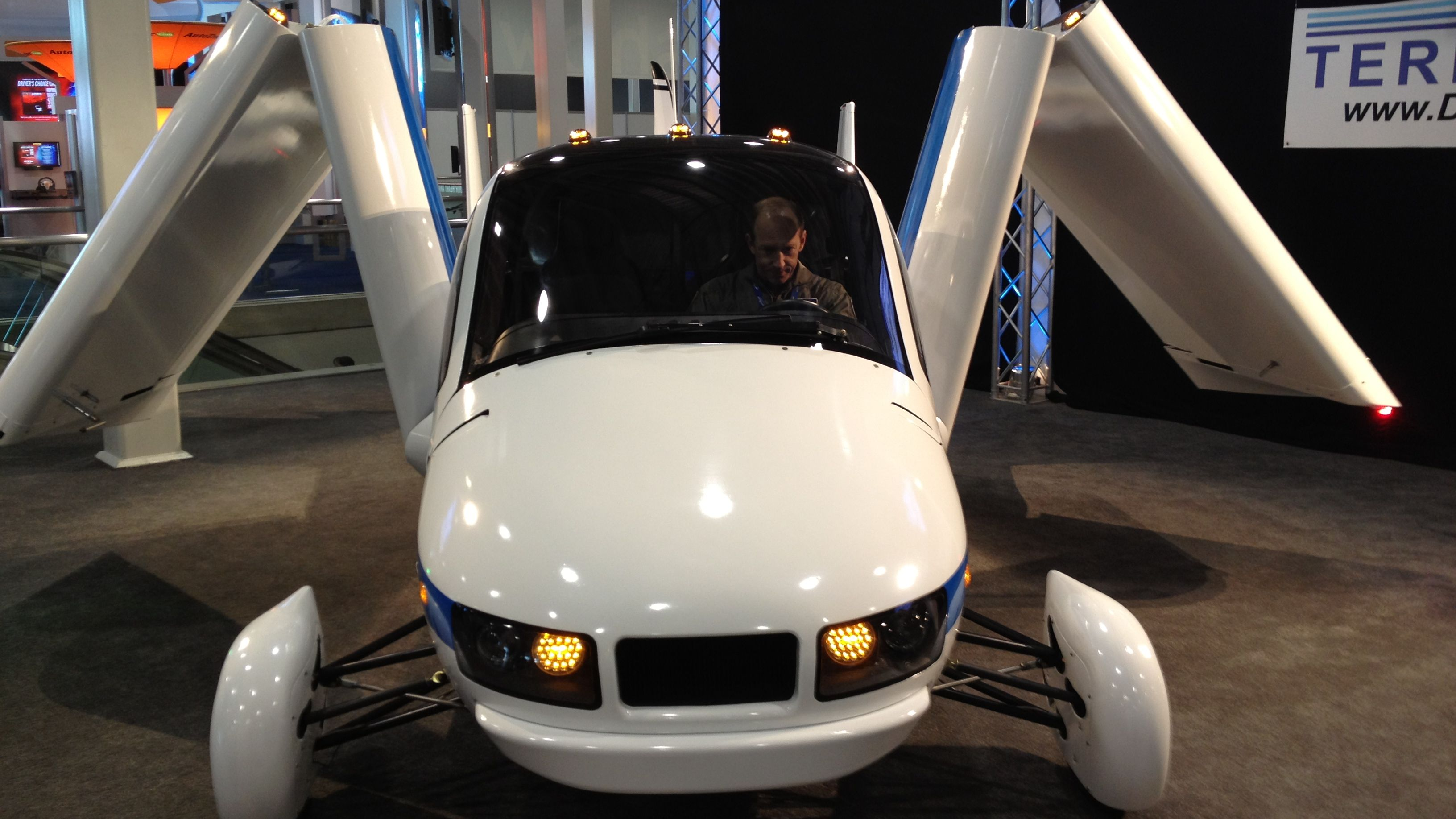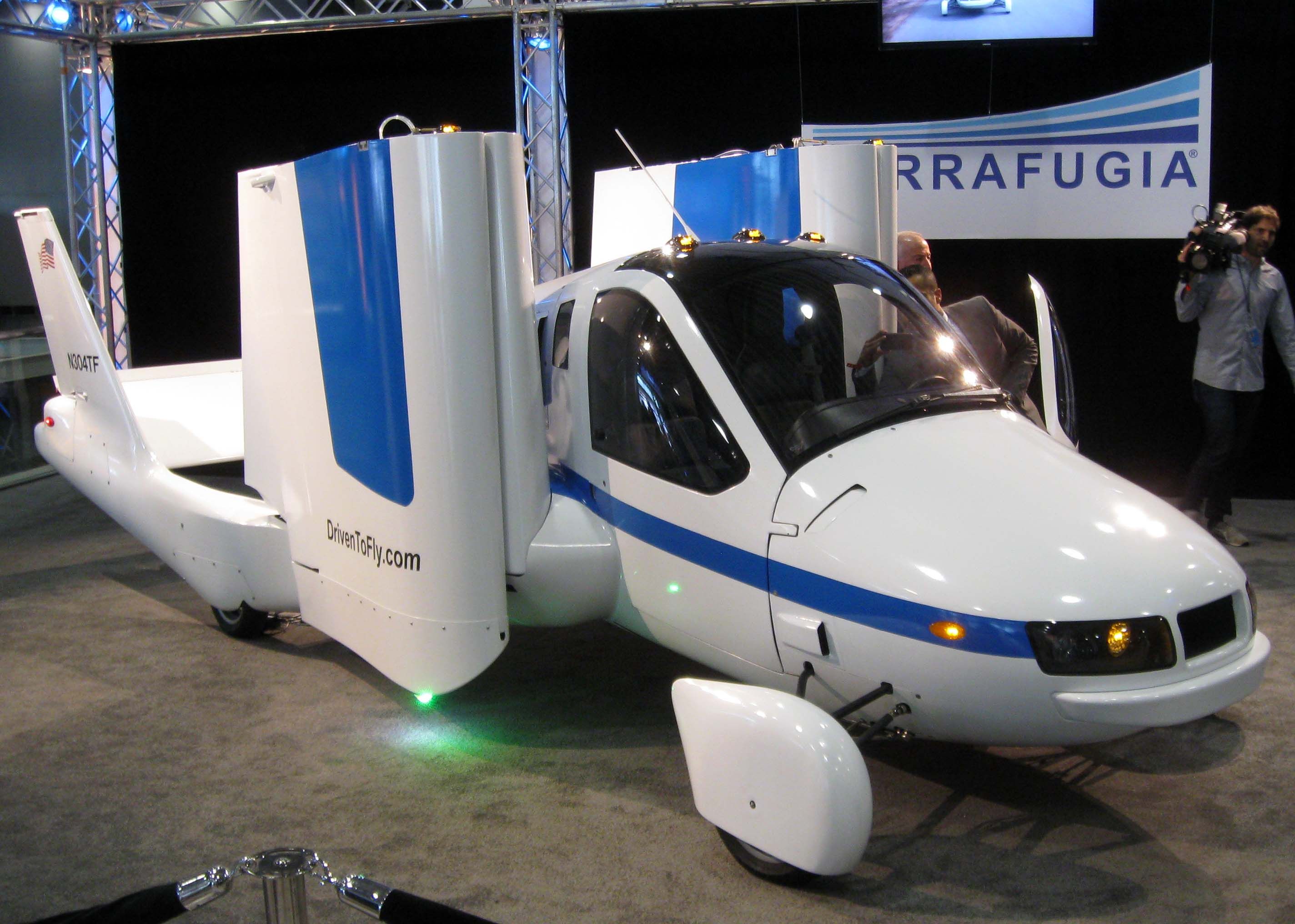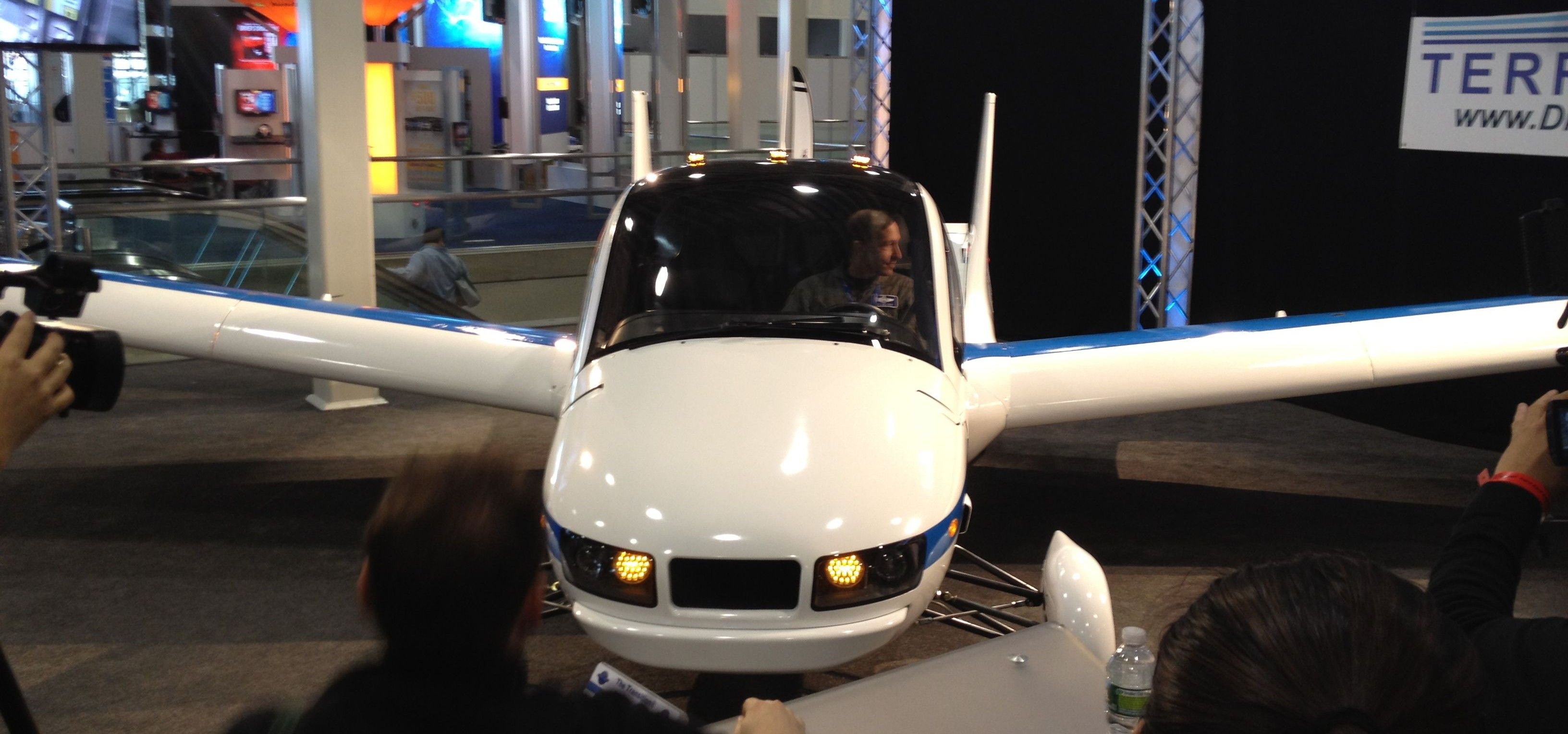Summary
- The Terrafugia Transition is a roadable flying car that can fly at a maximum speed of 95 knots.
- Terrafugia received an FAA airworthiness certification for its vehicle in January 2021.
- Mass production remains uncertain after the company announced layoffs and plans to move operations to China.
The Terrafugia Transition is a roadable flying car with a capacity for two people, including one crew. A single Rotax 912ULS piston engine powers the light sport vehicle. The engine is a hybrid design that can work with either the premium grade automobile gasoline or the 100LL aviation fuel.
This carbon-fiber drivable aircraft was designed to fly at a maximum speed of 95 knots (110 mph, 180 km/h). The aircraft is equipped with an avionics panel on the dashboard and can also be flown on autopilot mode. The vehicle comprises folding wings and a twin tail and is designed to fit in a standard-sized garage.
The design and development timeline
Several MIT graduates designed a multipurpose vehicle that could drive on the road and fly in the air. Its designers wanted to build a vehicle that could be driven to the airport and flown away after unfolding its wings. The design of the aircraft was launched in 2006. The company raised funds through partnerships and also gained traction with several customers.
Photo: IFCAR
The company successfully manufactured the production prototype, which completed its first flight in March 2012. At the time, the company had already received nearly 100 reservations for the vehicle. In 2017, the company revealed that it was preparing to deliver its first vehicles by 2020.
FAA Certification
In January 2021, Terrafigia Transition received the Federal Aviation Administration (FAA) airworthiness certification in the light sport aircraft (LSA) category. The FAA cleared the flying car to be operated within the United States. Acquiring certification required the manufacturer to perform nearly 100 flights and submit hundreds of documents to the regulatory agency. The FAA visited the plant and conducted a thorough audit before issuing the certification. The Vice President and General Manager of Tarrafugia, Kevin Colburn, spoke about the FAA’s audit of the facility by saying,
“They came to our facility, went through our quality system, talked to our personnel, and made two inspections of the vehicle.”
While the certification was a historic moment for the manufacturer, mass production of the aircraft remained uncertain. What would come next will define the future of the flying car. Just over a month after its certification, Forbes reported that Terrafugia had announced mass layoffs and is in the process of suspending operations in the US. The company, now owned by Zhejiang Geely Holding Group in China, intends to move operations to China.
As it stands today
As of 2022, the company has an airworthiness certification to operate in the skies over the US, but it has yet to receive the National Highway Traffic Safety Administration (NHTSA) approval for driving on highways. Experts believe the company will face challenges in performing extensive crash testing for roadworthiness.
The exposed propeller and the stabilizers may also pose a problem in receiving certification. The company believes it will be at least a couple of years until the requirement for roadworthiness is met. While the dream is still alive, whether it turns into a reality is yet to be seen.
What are your thoughts on the Terrafigia Transition “flying car” and its future? Tell us in the comments section.
Source: Forbes


